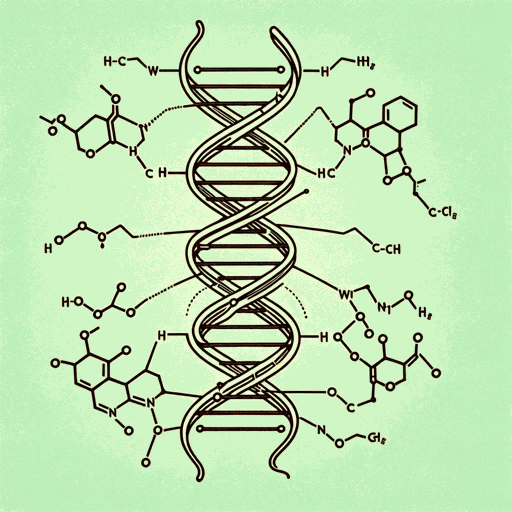96 pages • 3 hours read
Walter IsaacsonThe Code Breaker: Jennifer Doudna, Gene Editing, and the Future of the Human Race
Nonfiction | Biography | Adult | Published in 2021A modern alternative to SparkNotes and CliffsNotes, SuperSummary offers high-quality Study Guides with detailed chapter summaries and analysis of major themes, characters, and more.
Chapters 40-43Chapter Summaries & Analyses
Chapter 40 Summary: “The Red Lines”
In the wake of the 2020 coronavirus pandemic, scientists have become more open to different uses of germline editing, such as editing human genes to make people more resistant to viruses. Yet the question of whether germline editing is ethical remains one of the most profound questions humanity has ever faced.
While germline editing remains a provocative topic, somatic-cell editing has been widely accepted by the scientific community. In germline editing, edits are made in germ cells, such as sperms, eggs, and early-stage embryos, which means these edits are inheritable and affect every cell in the body. Somatic-cell edits involve living cells in certain parts of the body instead of reproductive cells. Such edits are not inheritable, so even if something goes wrong in the editing process, it will affect only the individual and not future generations. Despite the discomfort with germline editing, a kind of embryo editing is already being practiced in the form of pre-implantation diagnosis. If IVF embryos can be screened for certain genetic abnormalities, isn’t germline editing the next step? While some ethicists argue that the lines are blurred, Isaacson posits the germline is indeed a real line, and crossing it should tilt in the favor of treatment rather than enhancement.
Related Titles
By Walter Isaacson





